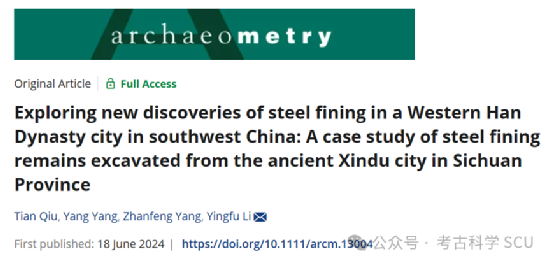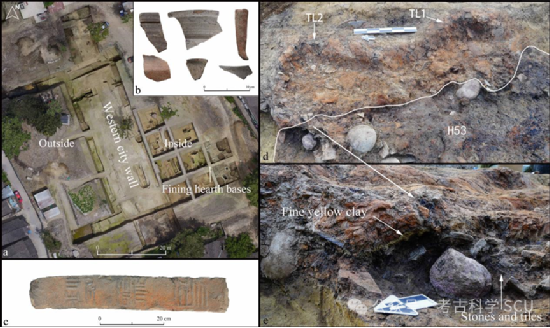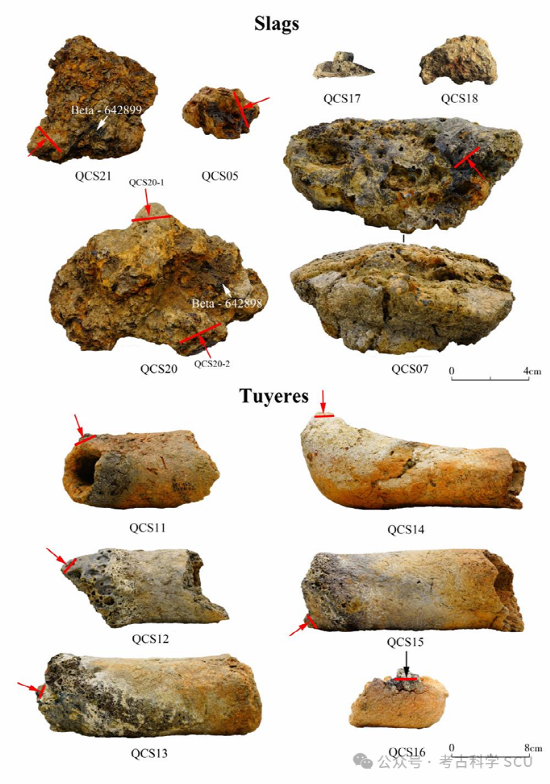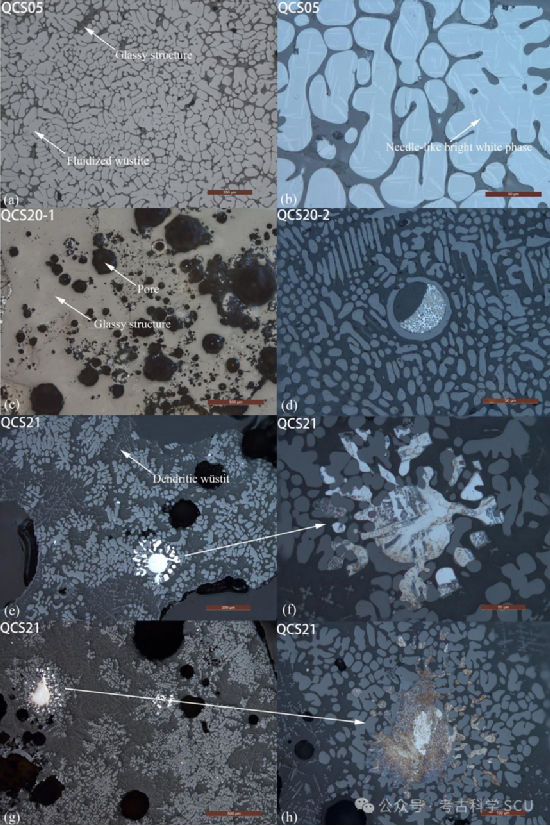Center for Archaeological Science, Sichuan University publishes latest research in Archaeometry: 'New discovery of wrought steel in Han Dynasty city sites in Southwest China: A study of wrought steel remains at the Xindu site'
Recently, the archaeometallurgy team of the Center for Archaeological Science, Sichuan University, in collaboration with the Chengdu Institute of Cultural Relics and Archaeology, published its latest research鎴愭灉 online in Archaeometry, a leading journal of archaeometry, entitled "New discoveries of wrought iron in Han Dynasty city sites in Southwest China: A study of wrought iron remains at the Xindu site." This research was jointly completed by Professor Li Yingfu and graduate student Qiu Tian from the Center for Archaeological Science, Sichuan University, and Associate Researcher Yang Yang and Researcher Yang Zhanfeng from the Chengdu Institute of Cultural Relics and Archaeology.

The Chengdu Plain was the most important iron production center in Southwest China during the Qin and Han Dynasties. To date, iron production remains from the Han Dynasty discovered in the Chengdu Plain are all distributed in areas far from towns. The iron production model and technology types within the cities are not clear. The discovery of metallurgical handicraft remains in the Xindu city site provides new evidence for discussing this issue.
The Xindu city site is located in Qingbaijiang District, Chengdu. The Chengdu Municipal Institute of Cultural Relics and Archeology has cleared a large number of metallurgical remains such as slag and tuyeres, as well as 2 severely damaged "bowl-shaped" furnaces inside the west wall of the Xindu city site. Combined with the carbon-14 dating results of charcoal attached to the surface of the slag and the typological analysis of pottery shards, it is speculated that the metallurgical activity dates back to the middle and late Western Han Dynasty. In order to further determine the technical links corresponding to the slag, the research team carried out slag phase observation and composition analysis of the slag, and found that the microstructure of the slag samples was dominated by fayalite and glassy phase, and there were also hypoeutectoid steel particles with different carbon content. In addition, the CaO and P2O5 content in the slag are both high, which reflects the characteristics of wrought iron slag in terms of microstructure and composition.

Excavated relics and metallurgical remains from the Xindu city site

Slag and tuyeres unearthed from the Xindu city site

Microstructure of slag unearthed from the Xindu city site
Wrought iron is a method of making steel or wrought iron by stirring pig iron in a semi-molten state to achieve oxidation and decarburization. It is a very important invention in the history of ancient Chinese iron and steel technology. At present, the discovered Han Dynasty wrought iron slag and wrought iron products are mainly concentrated in the Central Plains, especially in the Guanzhong area. The wrought iron remains and relics in the Xindu city site are the earliest iron and steel smelting and processing remains discovered in Southwest China so far. They not only reveal the iron production mode and technology type laid out in the Han Dynasty cities in the Chengdu Plain, but also provide a new perspective for understanding how the Han Dynasty promoted the Central Plains process in the Chengdu Plain with advanced iron industry.
Article link: http://doi.org/10.1111/arcm.13004
